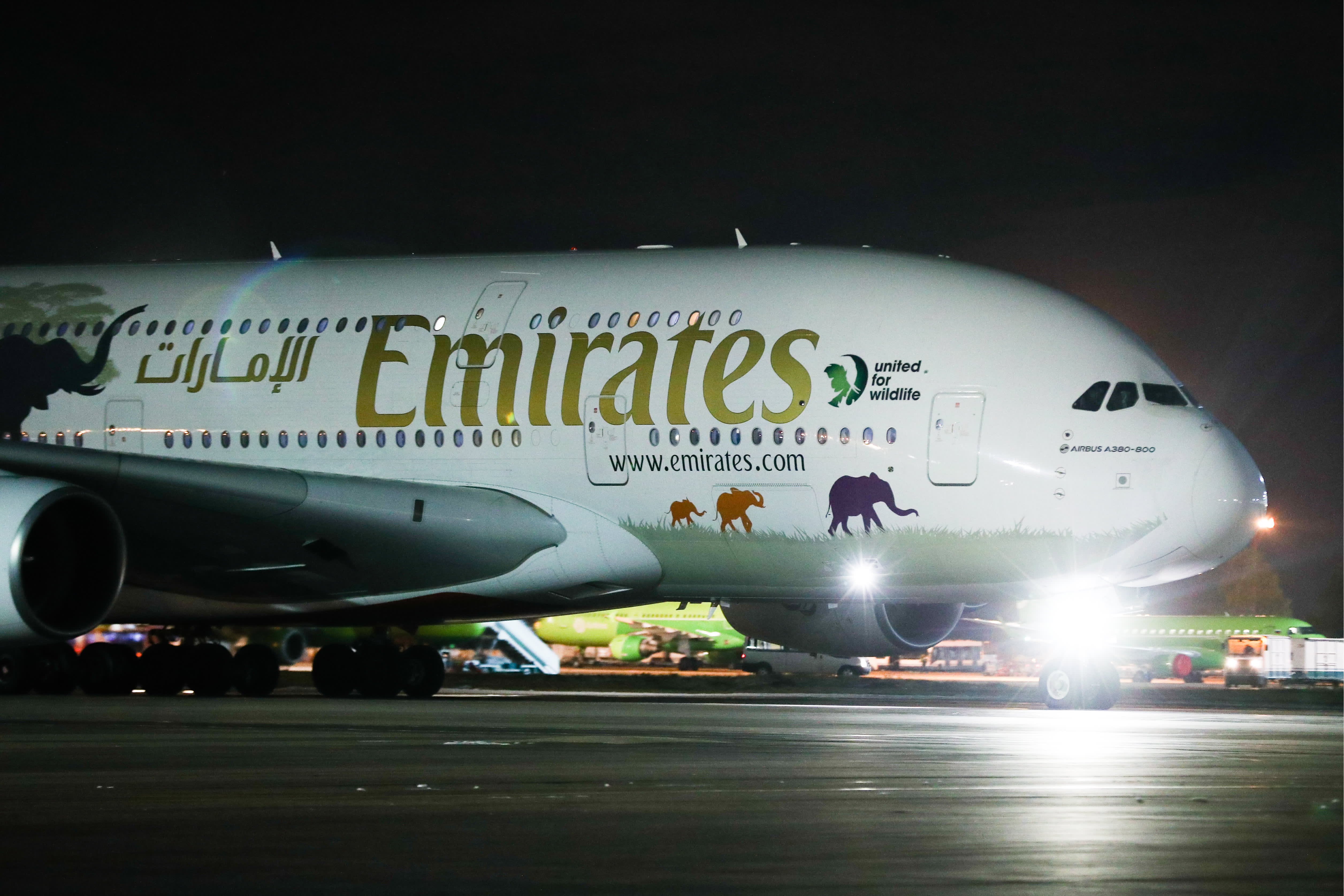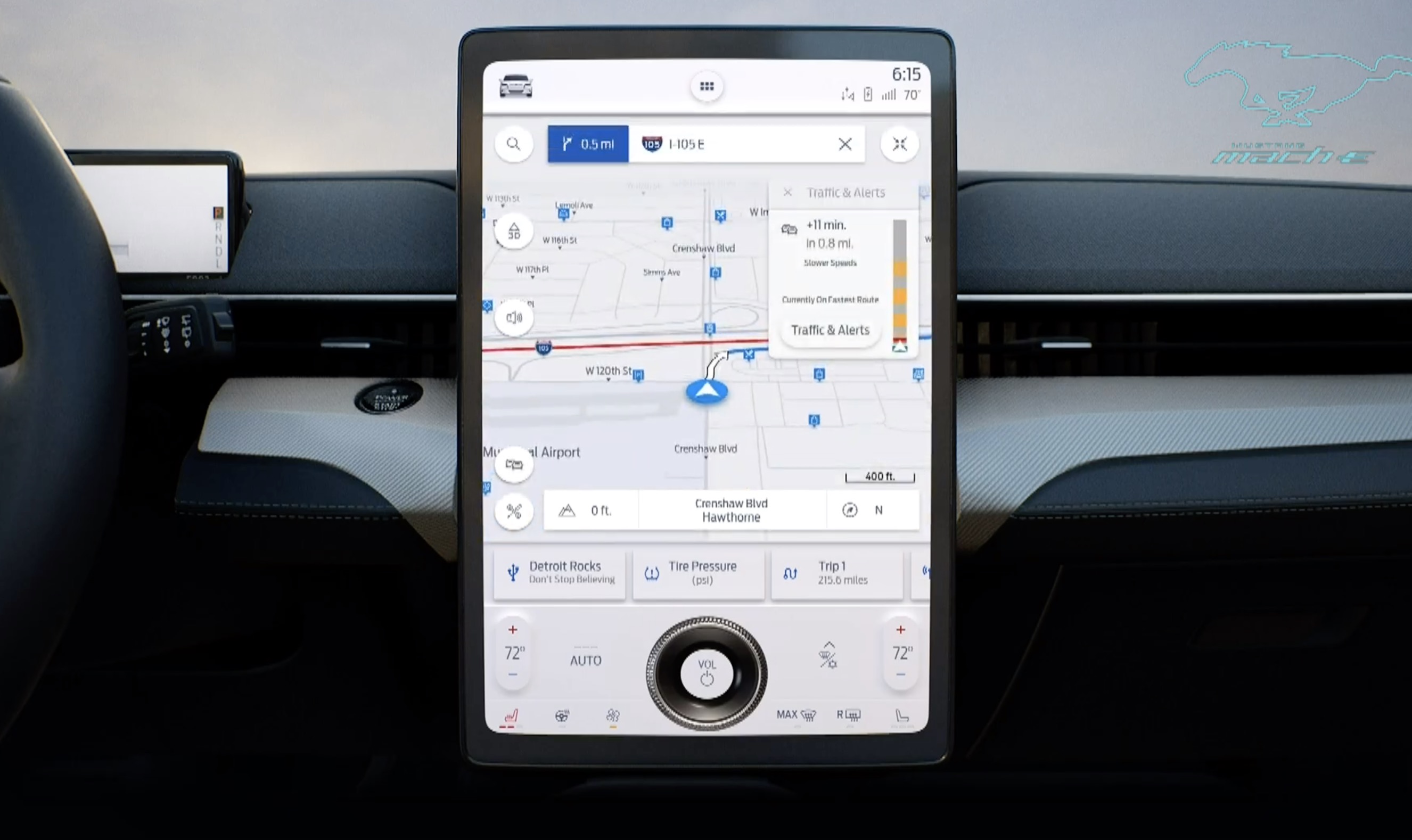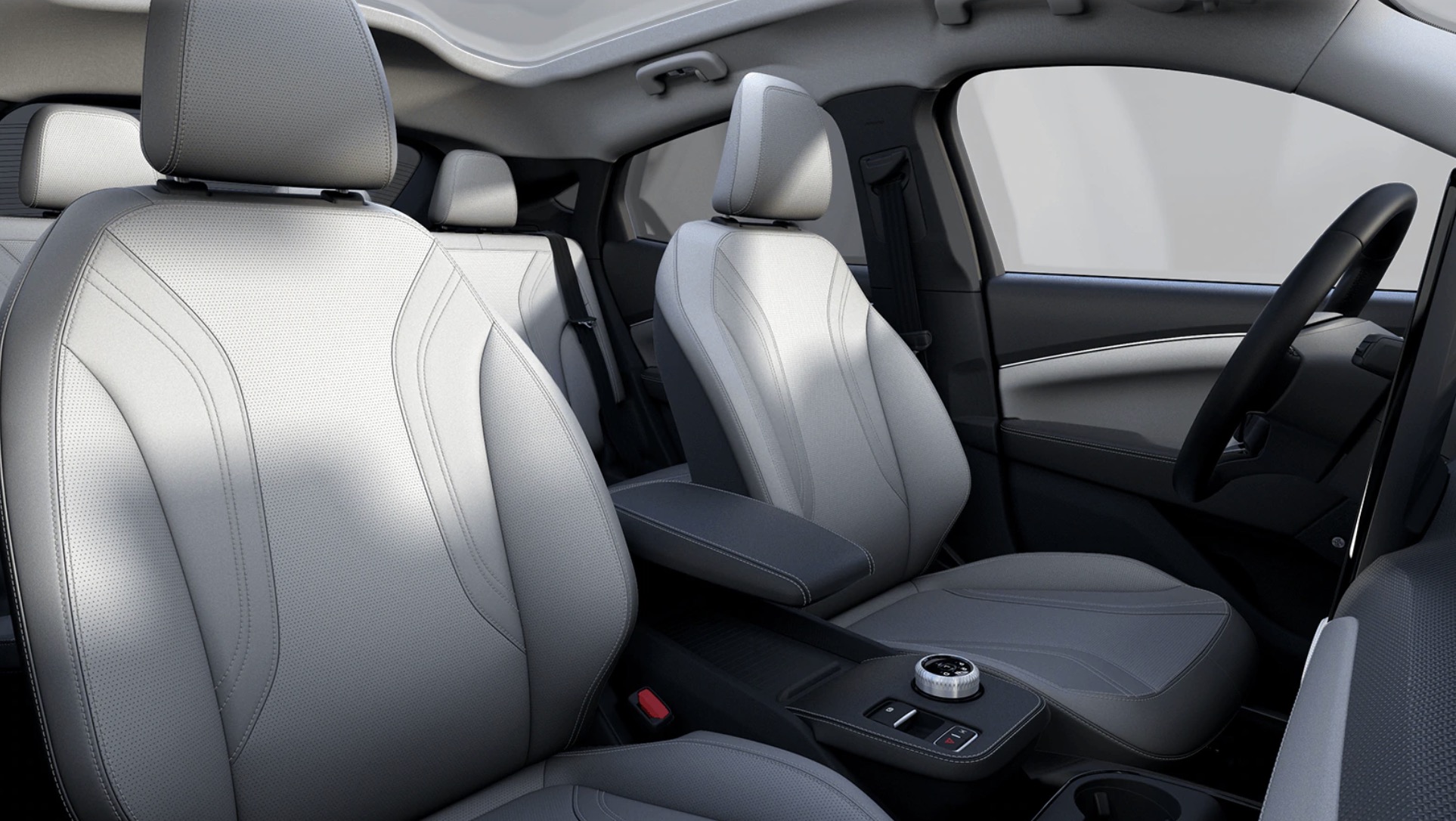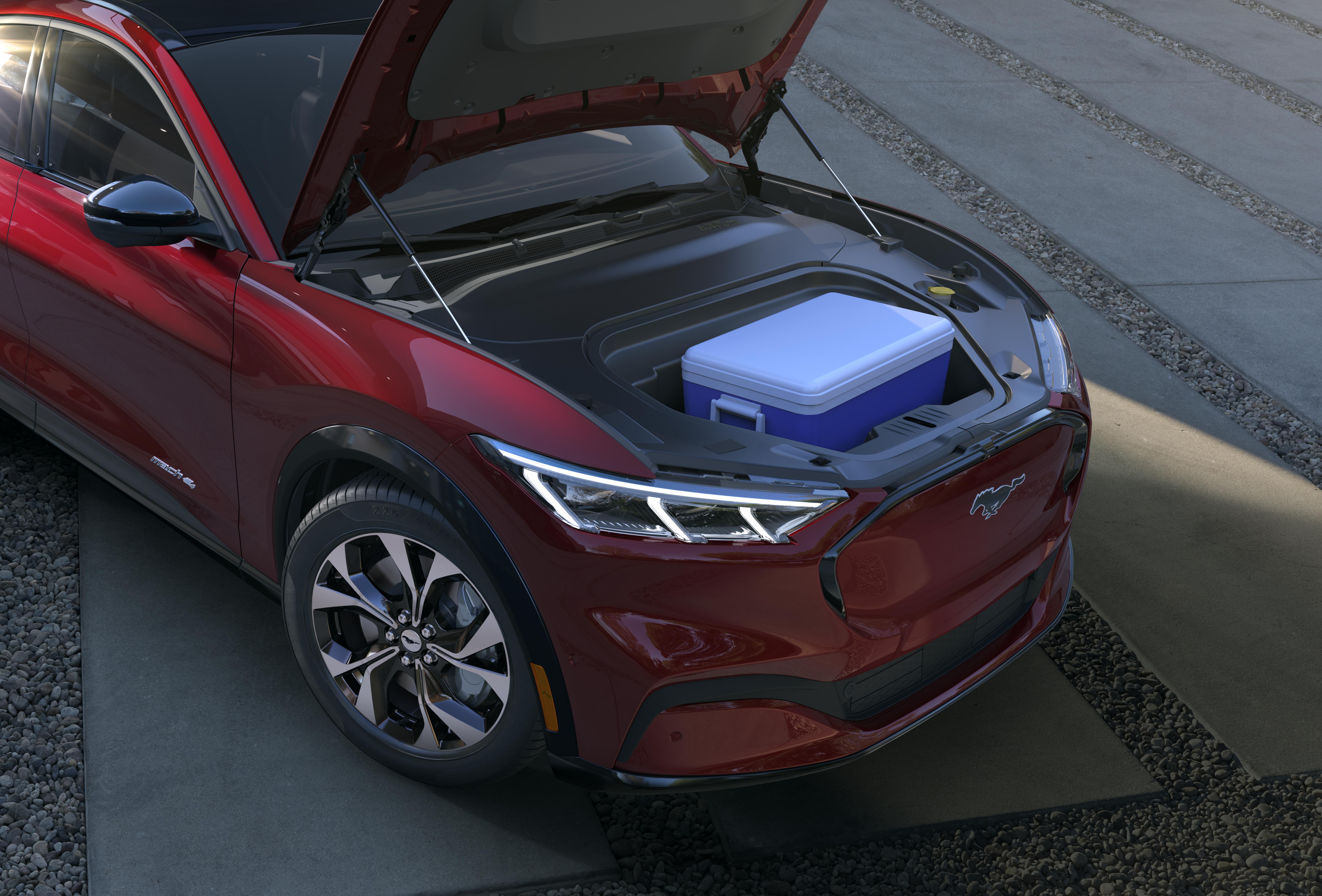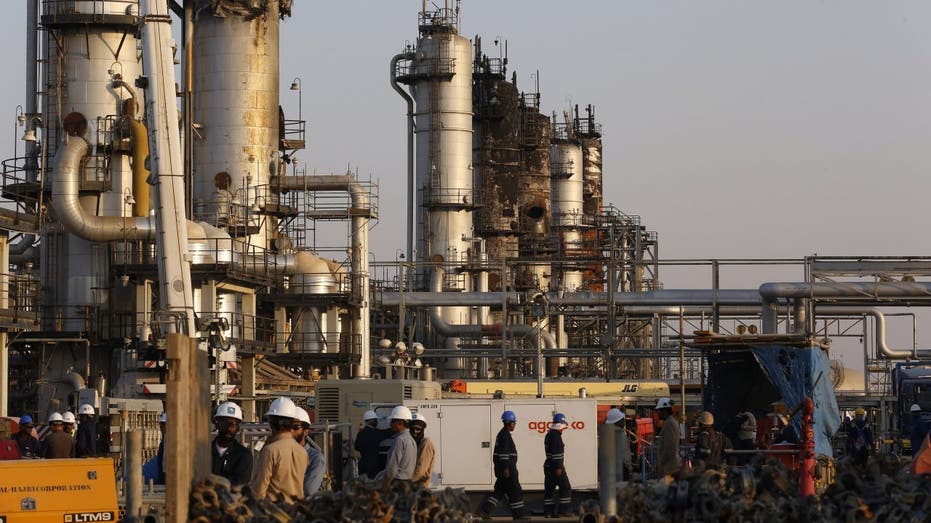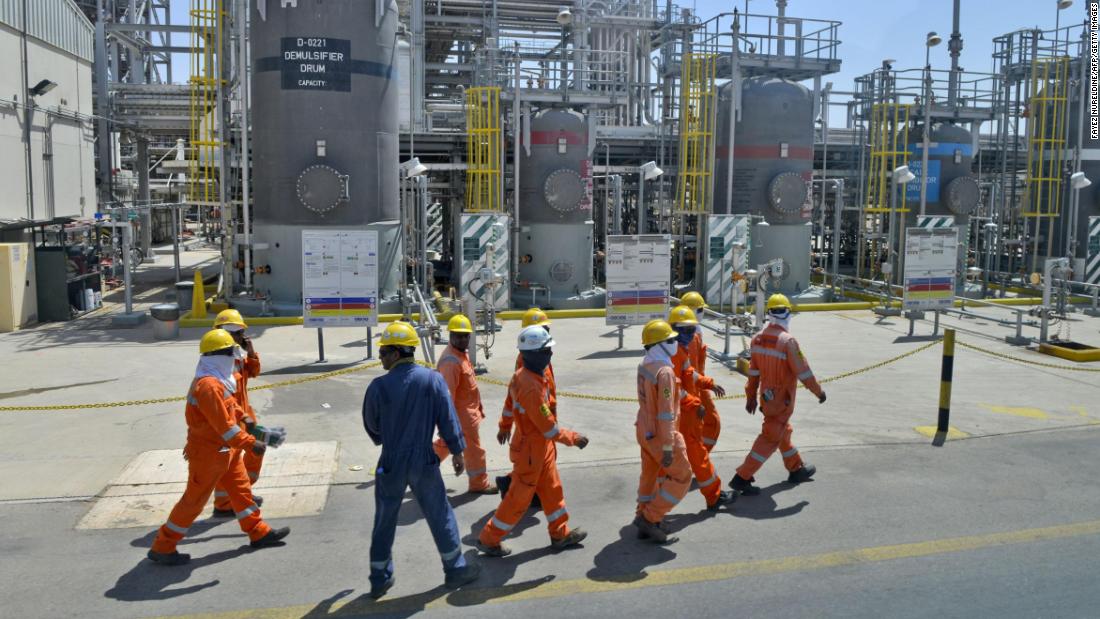ROMULUS, Mich. (Reuters) - Long before the pistons for General Motors Co V-6 engines reach the U.S. No. 1 automaker’s Romulus, Michigan plant, they are seasoned international travelers.
A partially assembled V6 engine, used in a variety of General Motors cars, trucks and crossovers, moves down the assembly line at the GM Romulus Powertrain plant in Romulus, Michigan, U.S. August 21, 2019. Picture taken August 21, 2019. Rebecca Cook
Powdered aluminum from Tennessee is shipped to Pennsylvania and forged at high temperatures into connecting rods for the pistons, which are then sent to Canada to be shaped and polished. They are then shipped to Mexico for sub-assembly and finally the finished pistons are loaded onto trucks bound for Romulus to become part of a GM V-6 engine.
The parts make four international border crossings in all, without a single tariff levied.
“They already have their passports,” said Jim Bovenzi, GM’s executive director of global supply chain on a recent tour of the Romulus plant. “We look at North America as a borderless region. We have parts and components coming back and forth across the border all the time.”
GM’s V-6 engine is just one example of how GM and rivals Ford Motor Co and Fiat Chrysler Automobiles NV have used the 25-year-old North American Free Trade Agreement (NAFTA) to shift work to lower-cost facilities across the continent, cutting expenses and boosting returns from the region that represents the bulk of their global profits.
U.S. President Donald Trump now seeks to replace NAFTA with the new United States-Mexico-Canada Agreement (USMCA), signed by the countries’ leaders last November, which he says will boost American jobs.
U.S. automakers have lobbied hard for the new treaty to preserve NAFTA’s effective lack of borders, and say they can work with it because it does just that.
However, if Trump follows through on his repeated threats to pull the United States out of NAFTA if the U.S. Congress does not ratify USMCA, automakers would be forced to pay a patchwork of tariffs under World Trade Organization rules.
That would destroy the cost advantages of their cross-border supply chains - which include U.S. companies employing American workers - and would likely force automakers to redesign their manufacturing models and find cheaper alternatives elsewhere, industry experts say.
The uncertainty means automakers and manufacturers are holding off on key investments.
“A lot of our production is very, very capital intensive and when you’re deploying that much capital you want to have a clear sense of what the rules are,” said Everett Eissenstat, GM’s vice president for global public policy. “It’s quite important for us to get those (USMCA) rules in place so we can have some stability and predictability to continue to produce and invest here in the United States.”
U.S. business investments fell 3% in the third quarter and 1% in the second quarter, due to concerns over mounting trade tensions, including the issue of NAFTA and tariffs worldwide.
“Businesses are already becoming more cautious about investments,” said Michael Gregory, head of U.S. economics at BMO Capital Markets. “If we get to the point where the administration is actively talking about tearing up NAFTA, I think that would trump any concern about China.”
Democrats, who are pushing for more labor and environmental protections in the new treaty, say they are making progress toward passing USMCA in 2019. But if that does not happen, it risks being postponed in 2020 ahead of the next presidential election, which would mean an extended period of uncertainty.
JOURNEY OF A PISTON
GM’s Romulus Powertrain plant makes about 400,000 V-6 engines a year for high-margin Cadillac SUVs, light pickup trucks and other GM vehicles
The pistons that end their long journey there are only a small part of the 70-plus trucks bearing parts such as engine blocks or cylinder heads, that arrive there daily.
The Romulus-built V-6 uses 235 parts from 100 primary suppliers. Sixty-seven ship from factories in the United States, 13 from Mexico, 8 from Canada and 12 from elsewhere in the world. Most of the electronics come from Asia.
All told, GM spends $71 billion a year on materials, sourcing 133,000 different parts from 3,100 primary suppliers.
At Romulus, five trucks daily carrying 288 100-pound (45 kg) engine blocks - the heart of the V-6 engine - each come from either a GM casting operation in Saginaw, Michigan, or a supplier in Mexico.
The Mexican parts are cheaper, GM’s Bovenzi said, but using dual suppliers reduces the risk of relying on one plant for a critical part like the engine block.
The more labor intensive it is to make, the more likely a part is sourced from Mexico, according to James Rubenstein, a professor of geography at Oxford, Ohio-based Miami University who has studied the automobile industry and NAFTA.
“Final assembly costs don’t affect the overall cost of a vehicle that much,” he said. “Focusing on labor-intensive parts further down the chain is what really makes a difference.”
MARRIAGE OF PARTS
When the V-6 engines - now weighing around 500 pounds - are unloaded at GM’s Spring Hill plant near Nashville, an even bigger marriage of components takes place.
As individually labeled V-6 engines move down the line - for Cadillacs and Acadias - about 200 parts from 88 different suppliers are attached. Fifty-eight are American, 12 Mexican, 5 Canadian and 13 from elsewhere.
Spring Hill workers install an automatic transmission from a GM plant in San Luis Potosi, Mexico, a starter and generator made in Tennessee by Japanese supplier Denso Corp, an air conditioning compressor made by Denso in Michigan, a drive belt made by Gates Industrial Corp Plc in Mexico, tensioners and a pulley made by Gates in Canada, converters made in Tennessee by Tenneco Inc and battery cables from China.
Ford and Fiat Chrysler, alongside other major automakers like Japan’s Toyota Motor Corp and Nissan Motor Co, have all built up similar international supply chains to support their North American assembly operations.
The lower costs achieved by such diverse sourcing means better margins on higher-priced vehicles like the Cadillac XT6. The SUV retails for $55,490, almost $20,000 above the average U.S. new car price, and is one of GM’s higher-margin vehicles.
The use of lower-cost countries for more labor intensive parts is now “part of the recipe to compete in the global market,” said Kristin Dziczek, vice president of industry, labor and economics at the Center for Automotive Research (CAR) in Michigan.
European automakers, for instance, have similarly moved production of parts to cheaper, tariff-free countries within the European Union.
Tearing up NAFTA or imposing tariffs would hurt U.S. automakers’ competitiveness, according to Dziczek.
CAR estimated in June that the average price of a U.S.-made vehicle would rise $1,100 if Trump carried out his threat of levying tariffs of up to 25% on Mexican imports over illegal immigration.
North American tariffs would force automakers to move sourcing of lower-cost parts from Mexico to other cheap markets like Vietnam, Dziczek said.
That would be bad for Mexican suppliers, but would also hurt U.S. suppliers and defeat Trump’s aim to boost U.S. jobs, as shuttling parts back and forth between Asia and the United States would not be cost effective.
“If we weren’t getting it from Mexico, we’d be getting it from somebody else’s ‘Mexico’,” Dziczek said. “And the further away that ‘Mexico’ is, the less likely it is American suppliers would benefit from that business.”
Reporting By Nick Carey in Romulus, Michigan; Editing by Joseph White and Bill Rigby
https://www.reuters.com/article/us-autos-gm-nafta-insight/parts-with-passports-how-free-trade-drives-gms-engines-idUSKBN1XS19G
2019-11-18 11:08:00Z
CAIiEIZ05kS8oM9--333EKvfitIqFQgEKg0IACoGCAowt6AMMLAmMJSCDg


